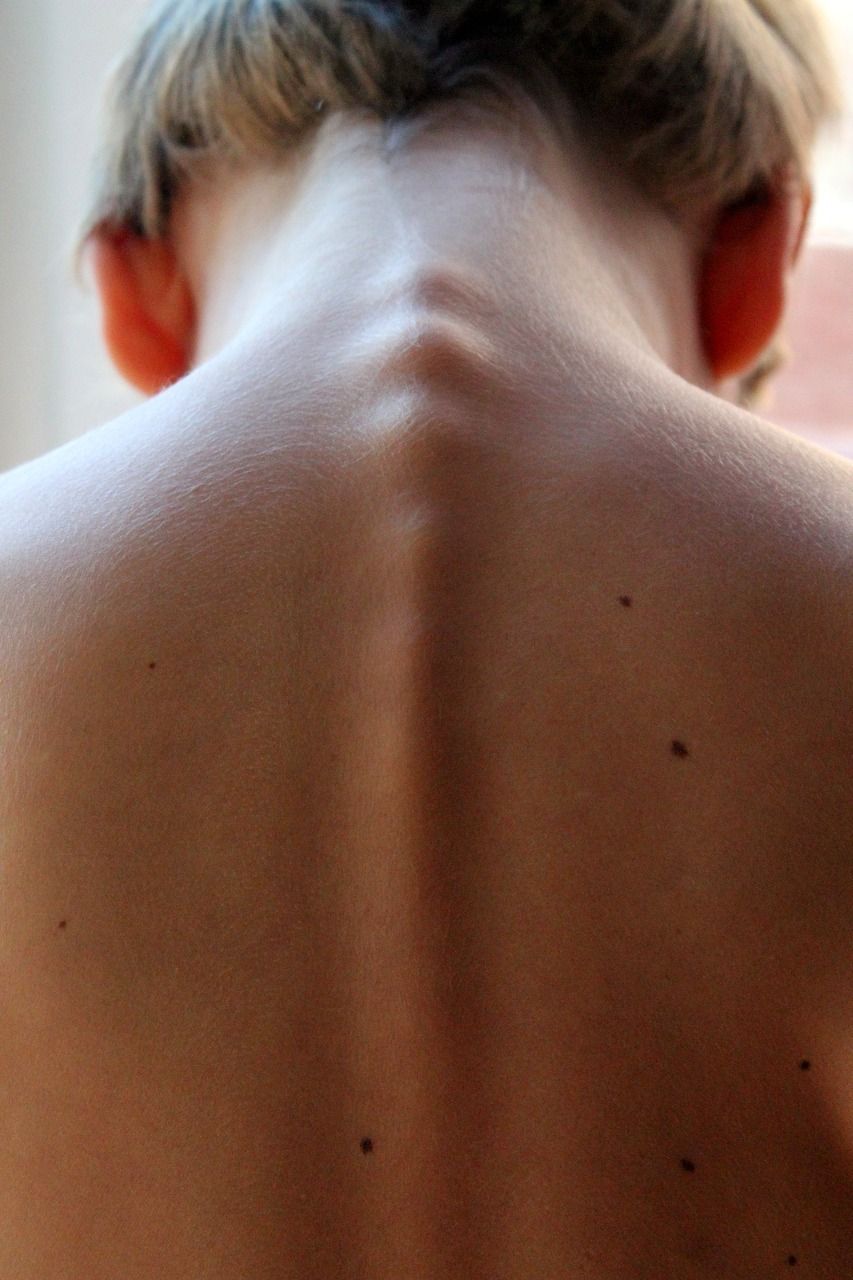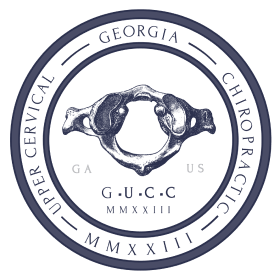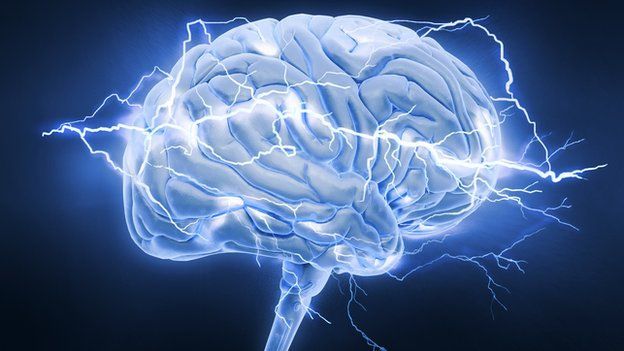Cervical Vertigo: Causes, Symptoms, & Treatment
Table of Contents
Vertigo is a common condition that causes dizziness, disorientation, and a spinning sensation following certain types of movement. If symptoms are caused by neck trauma or other neck-related issues, this is known as cervical vertigo.
What is cervical vertigo? Cervical vertigo, or cervicogenic dizziness, is a type of vertigo related to neck disorders. It can cause unsteadiness and balance problems, like all vertigo, but often presents with neck pain as well.
Unlike classic vertigo, which is linked to head position, cervical vertigo results from neck movements or problems with the neck. Cervical vertigo can be serious depending on the underlying cause, but most cases are treatable with the proper diagnosis.
Causes
The primary causes of vertigo and cervical vertigo overlap. Proprioception is the ability to sense your body’s position. When this sense is compromised, it leads to symptoms of dizziness and other problems within the vestibular system.
The causes for the dizziness and probable neck pain due to cervical vertigo are where the conditions differ. The most common cause of cervical vertigo is a head injury or neck injury that brings the neck out of alignment.
This can be a whiplash injury, complications following neck surgery, even the effects of poor posture. Slouching, for example, can lead to upper cervical spine problems over time.
Can a neck impingement cause dizziness? A neck impingement and other neck abnormalities can cause dizziness. This level of neck pain is often caused by a pinched nerve in the neck, or cervical radiculopathy.
Any inflammation, irritation, or damage to nerve endings that protect the spinal cord can result in cervical vertigo and associated dizziness.
Additional potential causes of dizziness or risk factors for cervical vertigo include:
- Advanced osteoarthritis: Osteoarthritis and other degenerative disc conditions may cause cervical spondylosis , or wear and tear on the spinal discs. Symptoms worsen with advanced age but can also be affected by jobs that require repetitive neck movement.
- Vascular conditions : Conditions like atherosclerosis and vertebral artery disease that restrict blood flow may cause vertigo symptoms. Hypertension, diabetes, and smoking are all risk factors for vascular conditions that cause cervicogenic vertigo symptoms.
- Rotational vertebral artery occlusion: This rare condition, also known as Bow Hunter’s Syndrome , can be caused by blocked arteries and blood vessels in the neck. The left vertebral artery is most often at risk with this condition.
- Vertebral artery dissection (VAD): This potentially serious condition is often the result of neck trauma, unexpected neck movements, and undiagnosed problems with connective tissues in the neck. It can cause strokes in young people.
- Barré-Liéou syndrome: This neurologic condition is most commonly caused by chronic cervical arthritis. Cervical or cervicogenic headaches are a common symptom alongside cervical vertigo.
- Upper cervical spine problems: Your cervical spine and the surrounding muscles are key to ease of movement. Damaged cervical ligaments, lesions on spinal discs, or inflammation at the joints can all cause cervical vertigo symptoms.
Symptoms
Cervical vertigo can present similarly to other types of vertigo, with the addition of neck discomfort, tightness, or pain.
What are symptoms of cervical vertigo? Dizziness, disequilibrium, and neck pain are the most common symptoms of cervical vertigo.
Painful symptoms may affect head movements, neck movement, even how you walk.
What other symptoms are associated with cervical vertigo? Other symptoms associated with cervical vertigo include:
- Unsteadiness
- Lightheadedness
- Lack of coordination
- Difficulty with certain postures
- Limited cervical range of motion
- Headache, including migraines
- Earache*
- Nausea/vomiting
- Vision problems
- Rapid eye movement (nystagmus)
*Hearing loss or tinnitus is often a sign of another condition, but ear pain is common with cervical vertigo.
Any symptoms of cervical vertigo can worsen following additional trauma or neck injury, an increase in stress or anxiety, even changes to diet and sleep patterns.
Diagnosis
A diagnosis of cervical vertigo or cervical dizziness often starts with a process of elimination. A healthcare provider or specialist in otolaryngology may rule out possible, more common causes of vertigo symptoms first.
This includes a variety of cardiovascular problems, nervous system disorders, even vision problems that may cause vertigo symptoms. Inner ear conditions and other vestibular disorders are the most common cause of vertigo.
Common inner ear conditions include:
- Basilar/Brainstem migraines
- Benign paroxysmal positional vertigo (BPPV)
- Vestibular neuritis
- Ménière’s disease
If there has been an obvious neck trauma or injury with a cervical origin, a clinician may use magnetic resonance imaging (MRI) or other X-ray and imaging scans. This will allow them to determine a physical cause for your symptoms.
Clinicians may also screen for neck instability and vestibular function. These assessments may include questionnaires to evaluate dizziness and tests that look for any degeneration or loss of function in the neck and cervical spine. Standard cervical vertigo tests include the following:
- Craniocervical flexion test (CCFT): This test evaluates your ability to use your deep neck flexors. These muscles can be weakened following neck injury or bad posture over time, causing chronic neck pain and cervical vertigo.
- Cervical Joint Position Error (JPE) Test: This test looks for any deficiencies in your proprioceptive or kinesthetic abilities through a series of head and neck motions.
- Sharp-Purser test: This test measures the strength of your transverse ligament and upper cervical spine. Patients suffering from arthritis in the cervical spine often show some level of instability during this assessment.
Treatment
Treatment of cervical vertigo depends on the underlying cause of your symptoms.
How do you fix cervical vertigo? There is no quick fix for cervical vertigo, but there are ways to manage the symptoms and relieve associated pain.
Some doctors prescribe medications to treat dizziness symptoms and chronic neck pain. It’s important to note these drugs may not do much for the underlying cause of your cervical vertigo.
Surgical options such as anterior cervical discectomy or other neck surgeries are rare but may be considered with neck trauma or degenerative conditions with negative outlooks otherwise.
Manual therapy like physical therapy or physiotherapy and vestibular rehabilitation is commonly prescribed. A combination of therapies can address dysfunction in balance and coordination and return a range of movement in the neck muscles.
Some of your therapy may be self-guided after a doctor demonstrates mobilization and manipulation techniques for you in-office. It’s essential that you try any maneuvers for the first time under the care of a specialist.
Chiropractic care may reduce the symptoms of cervical vertigo by correcting the alignment of the upper neck. Vertigo attacks and episodes of cervical vertigo, in particular, can be caused by misalignment in the C1 (atlas) and C2 (axis) vertebrae of the upper cervical spine.
This is often the result of head trauma or the kinds of upper cervical spine conditions we’ve detailed as underlying causes for cervical vertigo symptoms.
In Summary
Episodes of cervical vertigo symptoms can go on for years if left untreated. The good news is you don’t need to cope with neck pain or cervical vertigo on your own.
Chiropractic care is a safe and effective way to relieve cervical vertigo symptoms.
Get Started Today
Ready to get to the root of your problem with chiropractic care? We’re currently accepting new patients at our Ball Ground office.
Sources
- Kuo DT, Tadi P. Cervical Spondylosis. [Updated 2021 Sep 29]. In: StatPearls [Internet]. Treasure Island (FL): StatPearls Publishing; 2022 Jan-. Full text: https://www.ncbi.nlm.nih.gov/books/NBK551557/
- Owolabi, M. O., Ogah, O. S., & Ogunniyi, A. (2007). Episodic vertigo resulting from vascular risk factors, cervical spondylosis and head rotation: Two case reports. Neuropsychiatric disease and treatment, 3(5), 675-678. Full text: https://www.ncbi.nlm.nih.gov/pmc/articles/PMC2656304/
- Rastogi, V., Rawls, A., Moore, O., Victorica, B., Khan, S., Saravanapavan, P., Midivelli, S., Raviraj, P., Khanna, A., Bidari, S., & Hedna, V. S. (2015). Rare Etiology of Bow Hunter’s Syndrome and Systematic Review of Literature. Journal of vascular and interventional neurology, 8(3), 7-16. Full text: https://www.ncbi.nlm.nih.gov/pmc/articles/PMC4535600/
- Rane, N. J., & McAuley, D. (2007). Vertebral artery dissection presenting as isolated vertigo. Emergency medicine journal : EMJ, 24(10), 732. Full text: https://www.ncbi.nlm.nih.gov/pmc/articles/PMC2658449/
- Pearce J. M. (2004). Barré-Liéou “syndrome”. Journal of neurology, neurosurgery, and psychiatry, 75(2), 319. Full text: https://jnnp.bmj.com/content/75/2/319
- Wrisley, D. M., Sparto, P. J., Whitney, S. L., & Furman, J. M. (2000). Cervicogenic dizziness: a review of diagnosis and treatment. The Journal of orthopaedic and sports physical therapy, 30(12), 755-766. Abstract: https://pubmed.ncbi.nlm.nih.gov/11153554/
- Sung Y. H. (2020). Upper cervical spine dysfunction and dizziness. Journal of exercise rehabilitation, 16(5), 385-391. Full text: https://www.ncbi.nlm.nih.gov/pmc/articles/PMC7609854/


Ready to Make an Appointment?
We serve patients in Ball Ground, GA.

